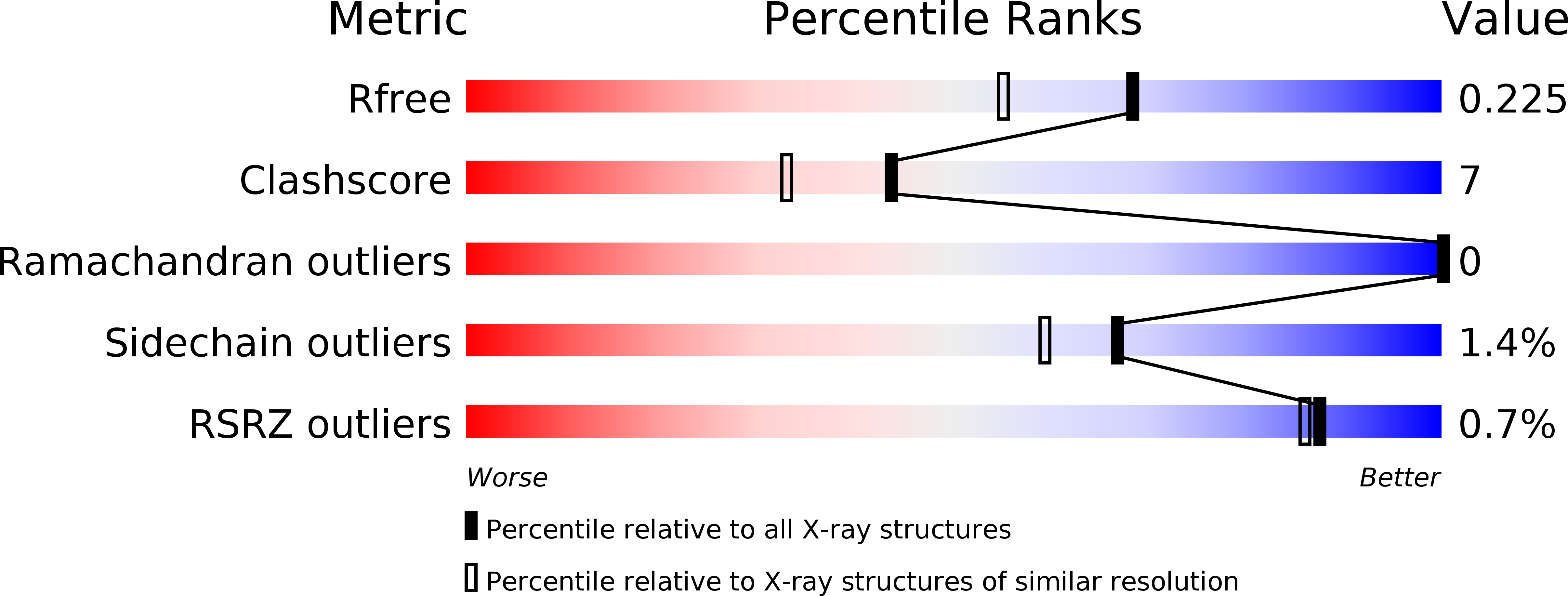
Deposition Date
1996-10-15
Release Date
1997-05-15
Last Version Date
2024-02-14
Method Details:
Experimental Method:
Resolution:
1.80 Å
R-Value Free:
0.23
R-Value Work:
0.19
R-Value Observed:
0.19
Space Group:
P 21 21 2


